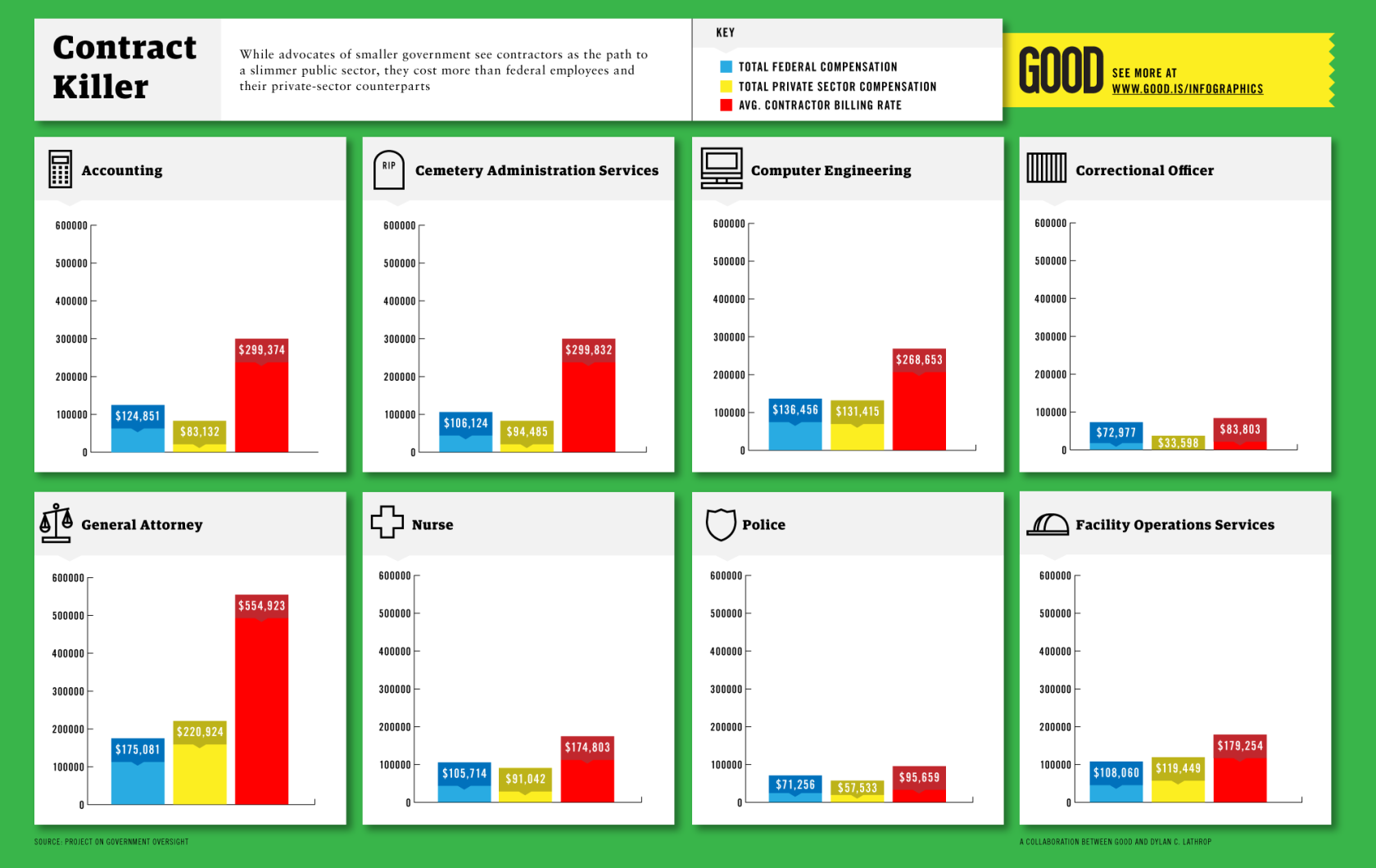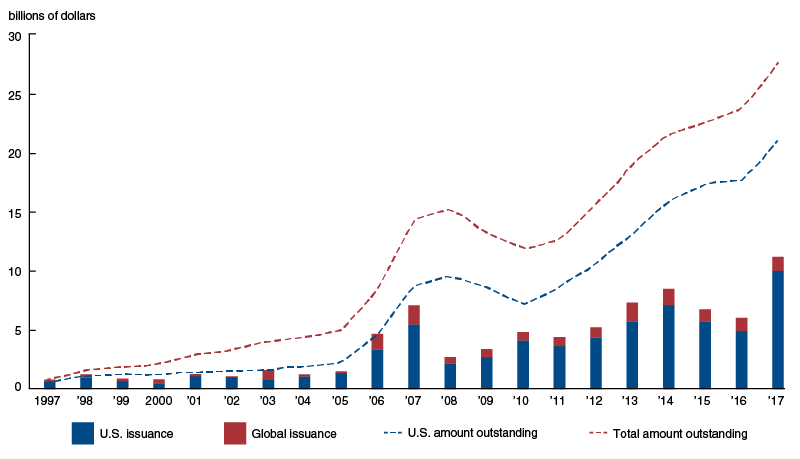Paul Krugman has become a major cultural enterprise with online classes, and projects in many areas all leveraging his deep understanding of economics, his position as columnist for the NY Times, as well as the Nobel prize and other awards, to advance progressive agendas and related ideological ideological debates in the social sciences.
But sometimes he reminds me of an elderly but still game hunter cat that purrs with precision in daylight but brings the trophies home overnight.
How Democrats Can Deliver on Health Care
https://www.nytimes.com/2018/11/22/opinion/democrats-obamacare-states.html"Democrats need to have a positive agenda, not just be against Donald Trump." How many times did you hear pundits say something like that during the midterm campaigns? In fact, you're still hearing it from people like Seth Moulton, who's leading the (apparently failing) effort to block Nancy Pelosi from returning as House speaker.
What makes this lazy accusation so annoying is that it's demonstrably, arithmetically wrong. Yes, Trump was on everyone's mind, but he was remarkably absent from Democratic messaging. A tally by the Wesleyan Media Project found that the 2018 elections stand out not for how much Democrats talked about the tweeter in chief, but for how little: Not since 2002 has an opposition party run so few ads attacking the occupant of the White House.
So what did the campaigns that led to a blue wave talk about? Above all, health care, which featured in more than half of Democrats' ads. Which raises the question: Now that Democrats have had their big House victory and a lot of success in state-level races, can they do anything to deliver on their key campaign issue?
Yes, they can.
Actually, just by capturing the House Democrats achieved one big goal — taking repeal of the Affordable Care Act off the table. True, the G.O.P. lawsuit against the act's protection of pre-existing conditions is still awaiting a ruling — the long silence of the Republican-leaning judge in that case is getting increasingly strange. But there won't be any more legislative attempts to dismantle the law.
ADVERTISEMENT
On the other hand, with Republicans still controlling the Senate and White House, major new federal legislation on health care isn't going to happen. Democrats may debate about their future agenda, which seems likely to include offering some form of Medicare buy-in option for Americans under 65. And it's important that they have this debate: One reason they were able to achieve major health reform in 2009-2010 was that, unlike 2017 Republicans, who had put no thought into the actual implications of repeal, they had hashed out key issues over the previous two years. But for now, at least, Washington will be gridlocked (which is better than where we were!).
There can, however, be action at the state level.
The A.C.A. didn't, strictly speaking, create a national program. Instead, it set rules and provided financing for 50 state-level programs. States were encouraged to create their own health insurance marketplaces, although they had the option to use
healthcare.gov, the federal site. A 2012 Supreme Court decision also let states opt out of Medicaid expansion, and many did choose to refuse federal dollars and deprive their own residents of health care.
This has created a divergence in health care destinies, depending on states' political orientation. In 2013, before the A.C.A. went into effect, California had an above-average rate of uninsurance: 17.2 percent of its population was uncovered. North Carolina did somewhat better, with "only" 15.6 percent uninsured. But as of last year, the uninsured rate in California had fallen 10 points, to 7.2 percent, while North Carolina's rate was still above 10 percent.
What made the difference? Solid-blue California, with a Democratic governor and Legislature, did all it could to make Obamacare work: It expanded Medicaid, operated its own marketplace and made major efforts to get people signed up. North Carolina, under Republican rule, did none of these things.
And the importance of state-level action has only increased in the past two years, as the Trump administration and its congressional allies, unable to fully repeal the A.C.A., have nonetheless done all they can to sabotage it. They eliminated the individual mandate, which pushed people to sign up while they were still healthy; they eliminated reinsurance that helped insurance companies manage their own risk; they cut back drastically on outreach.
ADVERTISEMENT
All of these measures acted to drive premiums up and enrollment down. But states can, if they choose, fill the Trump-size hole.
The most dramatic example of how this can be done is New Jersey, where Democrats gained full control at the end of 2017 and promptly created state-level versions of both the mandate and reinsurance. The results were impressive: New Jersey's premiums for 2019 are 9.3 percent lower than for 2018, and are now well below the national average. Undoing Trumpian sabotage seems to have saved the average buyer around $1,500 a year.
Now that Democrats have won control of multiple states, they can and should emulate New Jersey's example, and move beyond it if they can. Why not, for example, introduce state-level public options — actuarially sound government plans — as alternatives to private insurance?
The point is that while the new House majority won't be able to do much beyond defending Obamacare, at least for now, its allies in the states can do much more, and in the process deliver on the agenda the whole party ran on this year. As they say in New Jersey, you got a problem with that?
Follow The New York Times Opinion section on Facebook, Twitter (@NYTopinion)and Instagram, and sign up for the Opinion Today newsletter.
Paul Krugman has been an Opinion columnist since 2000 and is also a Distinguished Professor at the City University of New York Graduate Center. He won the 2008 Nobel Memorial Prize in Economic Sciences for his work on international trade and economic geography. @PaulKrugman
-- via my feedly newsfeed






